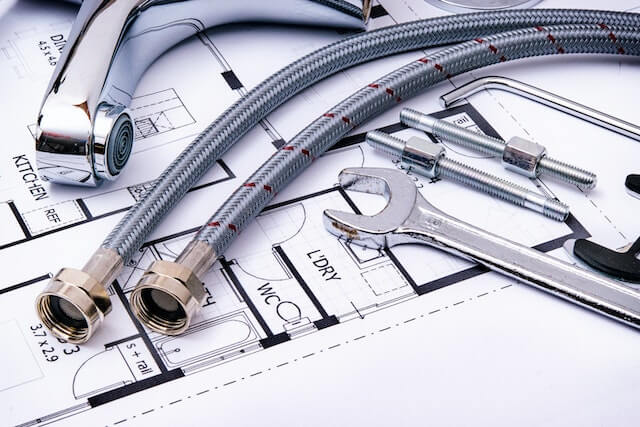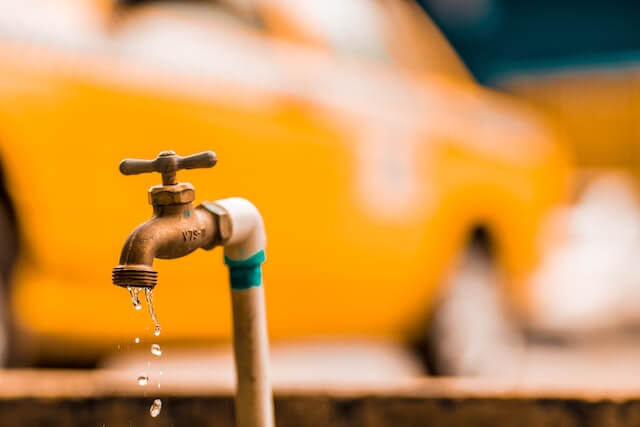Water damage is a common concern for landlords and rental property owners. It can lead to costly repairs, tenant displacement, and potential legal issues. Understand how to prevent water damage, respond promptly, and communicate effectively with tenants. They are essential for maintaining the integrity of your rental property. This article will provide a comprehensive guide on managing water damage in rental properties.
Common Causes of Water Damage
Understanding the common causes of water damage is crucial for landlords. It enables them to proactively address potential risks and take preventive measures. By identifying these causes, landlords can detect and mitigate potential sources of water damage. In this way, they can prevent the issue from escalating. Prevention reduces the likelihood of costly repairs, tenant displacement, and legal complications.
Plumbing issues
Discuss common plumbing problems such as burst pipes, leaks, and faulty fixtures that can lead to water damage. Emphasize the importance of regular inspections and prompt repairs to prevent further damage.

Weather-related incidents
Highlight the impact of severe weather events such as heavy rainfall, storms, or hurricanes that can cause flooding, roof leaks, or foundation damage. Suggest preventive measures and maintenance routines to mitigate these risks.
Appliance failures
Address the potential risks associated with malfunctioning appliances such as water heaters, washing machines, dishwashers, or refrigerators. Encourage regular maintenance and timely replacement of old or faulty appliances.
Roofing issues
Explain how damaged or improperly installed roofs can result in water infiltration. Advocate for regular roof inspections, repairs, and maintenance to safeguard against leaks and water damage.
Improper tenant behavior
Discuss the consequences of tenant negligence. Some examples are leaving faucets running, failing to report leaks promptly, or improper usage of plumbing fixtures. Highlight the importance of tenant education and communication to prevent avoidable water damage.
Preventing Water Damage
Regular maintenance
Implement a proactive maintenance schedule to identify and address potential water damage sources. Regularly inspect the property for leaks, faulty plumbing, and deteriorating seals. Promptly repair any issues to prevent further damage.
Proper drainage
Ensure that the property’s drainage systems are functioning optimally. Regularly clear gutters and downspouts, and ensure that you direct water away from the foundation to prevent water accumulation and seepage.

Responding to Water Damage
Act quickly
Time is of the essence when addressing water damage. Immediately assess the source of the water intrusion and take necessary steps to stop it. Some ways to do so are by shutting off the main water supply or repairing leaking pipes. This helps minimize the extent of damage and potential risks to tenants.
Document the damage
Take detailed photographs and videos of the affected areas to document the extent of the water damage. Maintain a record of the damage and related expenses, which will be crucial for insurance claims and tenant communication.
Restoration and Repairs
Engage professionals
Hire qualified water damage restoration specialists to assess the extent of the damage and develop a restoration plan. Professionals can efficiently extract water, dry affected areas, and mitigate potential mold growth. Working with experts ensures that you conduct the restoration process effectively and in compliance with industry standards.
Coordinate repairs
Communicate with tenants throughout the restoration process, providing updates on the timeline and progress of repairs. Coordinate access to the property with tenants to ensure minimal disruption to their daily routines. Promptly address any tenant concerns or questions related to the restoration efforts.

Clear Communication with Tenants
Prompt notification
Immediately inform tenants about any water damage incidents, explaining the situation and the steps being taken to address it. Transparency and timely communication are key to building trust and ensuring tenant cooperation.
Temporary accommodation
In cases where water damage makes the property uninhabitable, work with tenants to provide temporary accommodation while repairs are being completed. Assist tenants in finding suitable alternative housing and discuss any financial arrangements or adjustments to the lease agreement.
Water damage can pose significant challenges for landlords and rental property owners. By prioritizing preventive measures, responding promptly to water damage incidents, coordinating restoration efforts by maintaining clear communication with tenants, landlords can effectively manage water-related issues and minimize the impact on their rental properties. A proactive and transparent approach not only protects the property but also fosters positive tenant relationships. By taking these steps, landlords can ensure the long-term viability and desirability of their rental properties. At the same time, they can provide a safe and comfortable living environment for tenants.
For a better tenant acquisition process, consider utilizing Padleads. It is an online listing platform that connects landlords and rental agents with potential tenants. Padleads allows you to reach a wider audience and increase the visibility of your rental property listings. This would maximize your chances of finding reliable tenants and maintaining high occupancy rates. Highlighting preventive measures you put in place to avoid water damage may add allure to the property.